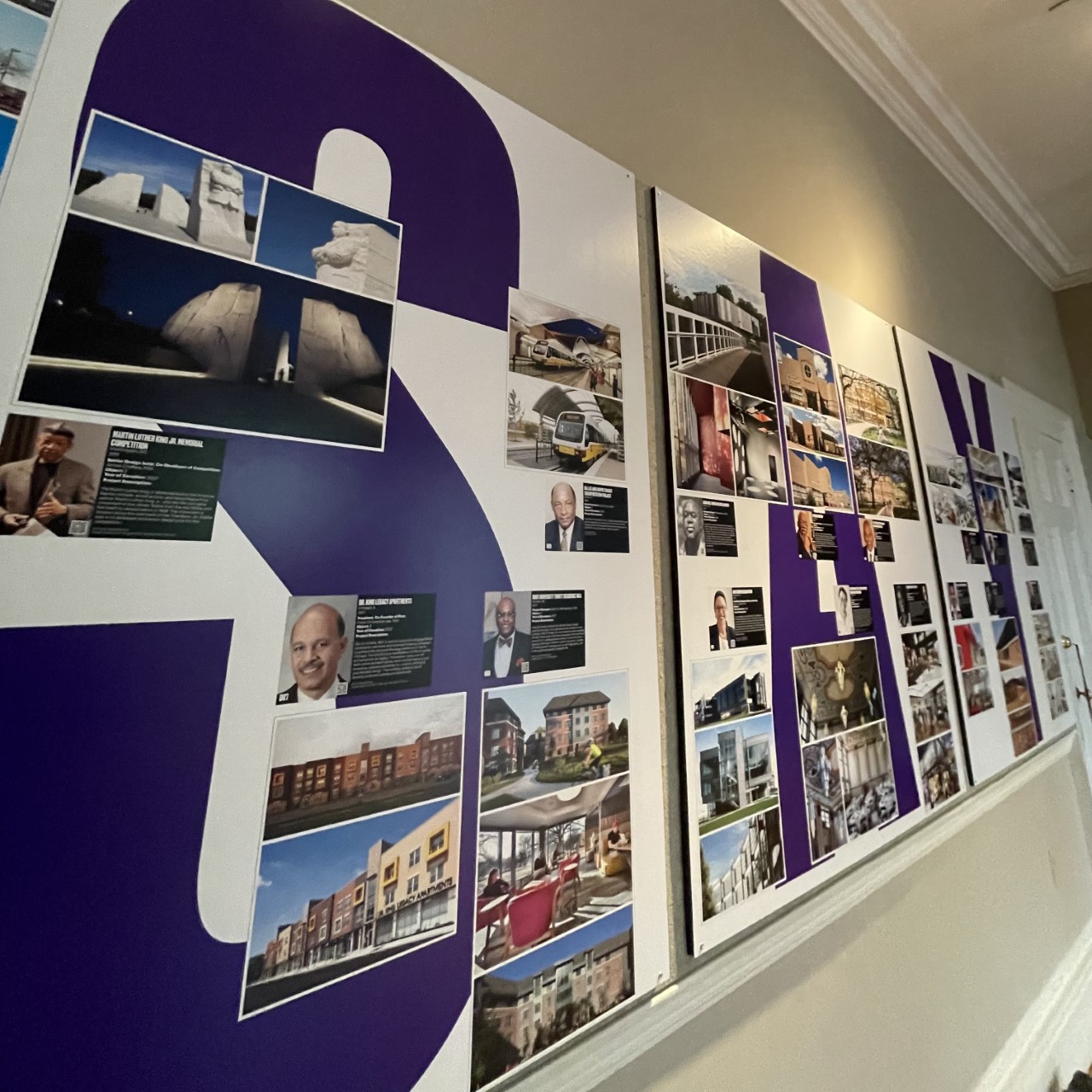Octagon Intern Research Blog: Anniversary of the Signing of the Treaty of Ghent
Written by AF Staff, Research by Kayla Laws Saturday, February 17 marks the 209th anniversary of the day that the Treaty of Peace and Amity reached President James Madison at The Octagon and was signed in what is known today as the “Treaty Room”. This treaty ended the War of 1812, fought between Great … Continue reading Octagon Intern Research Blog: Anniversary of the Signing of the Treaty of Ghent

